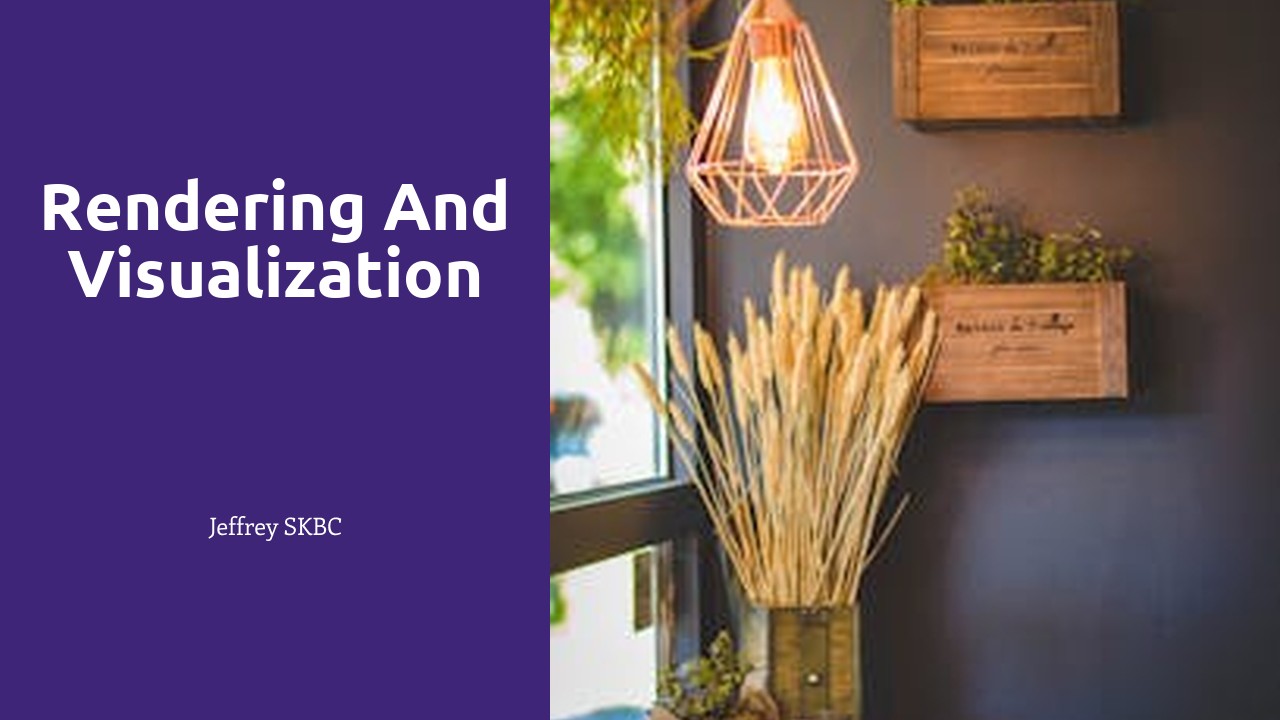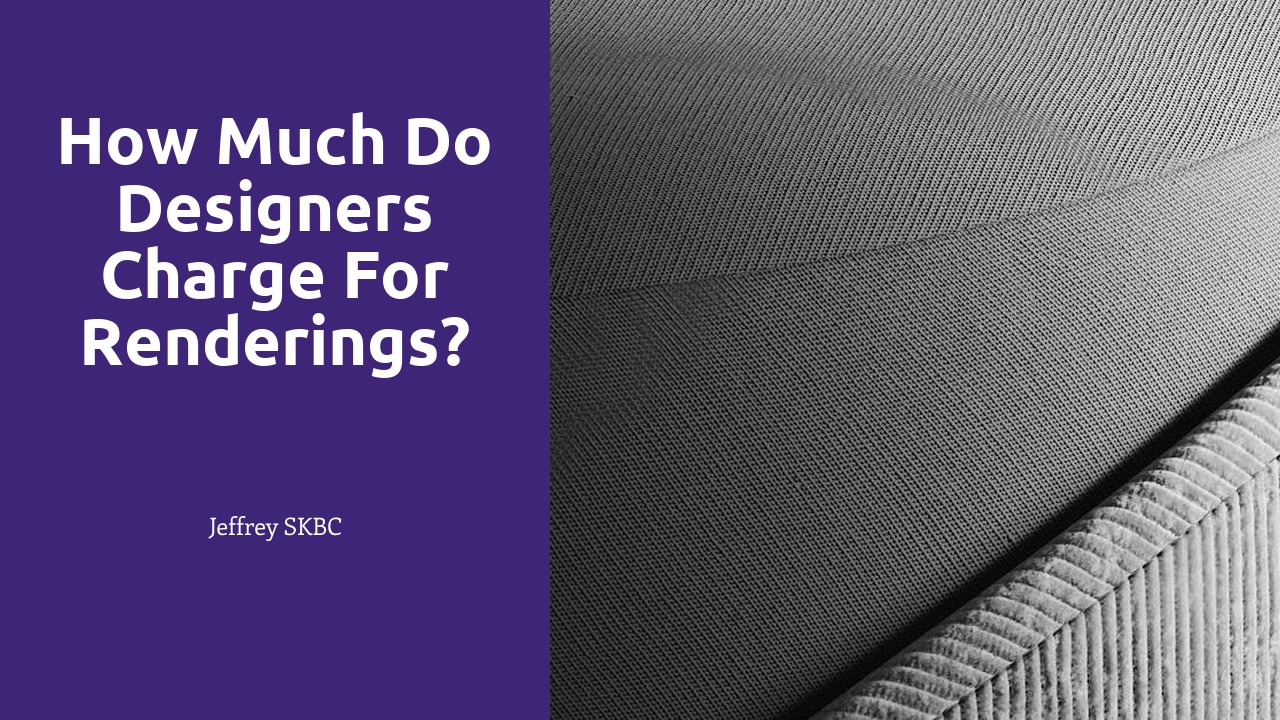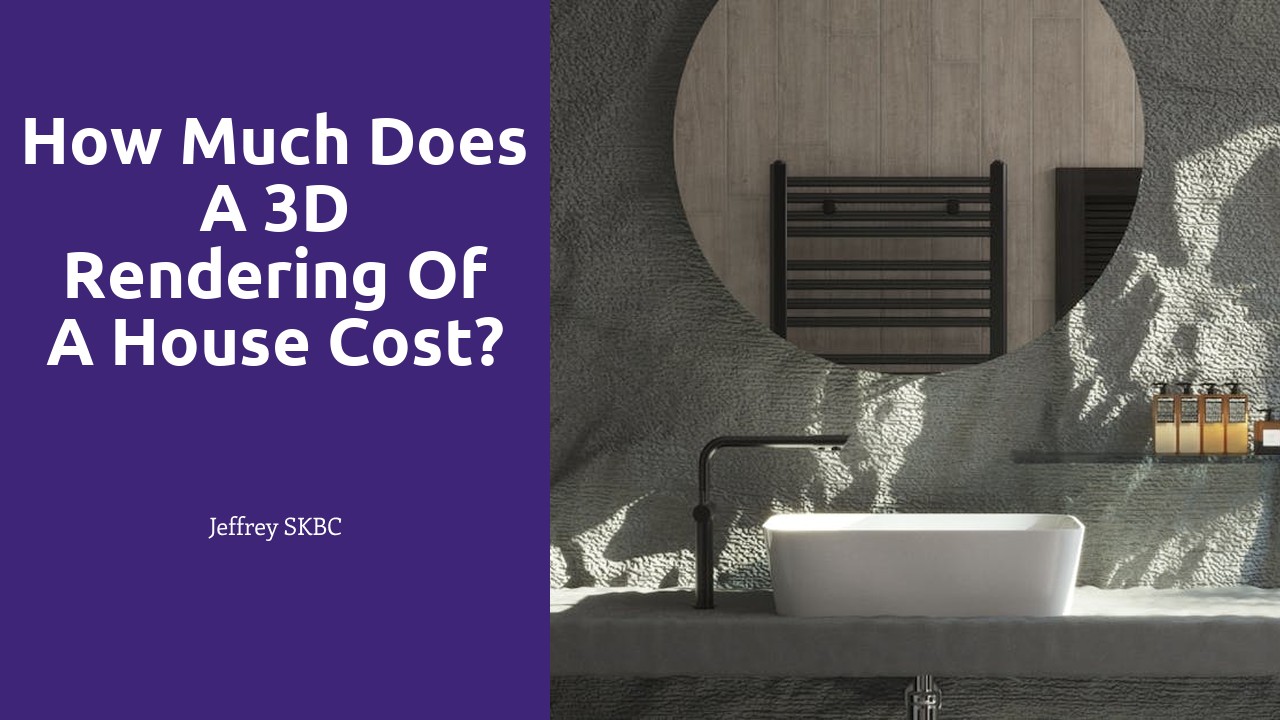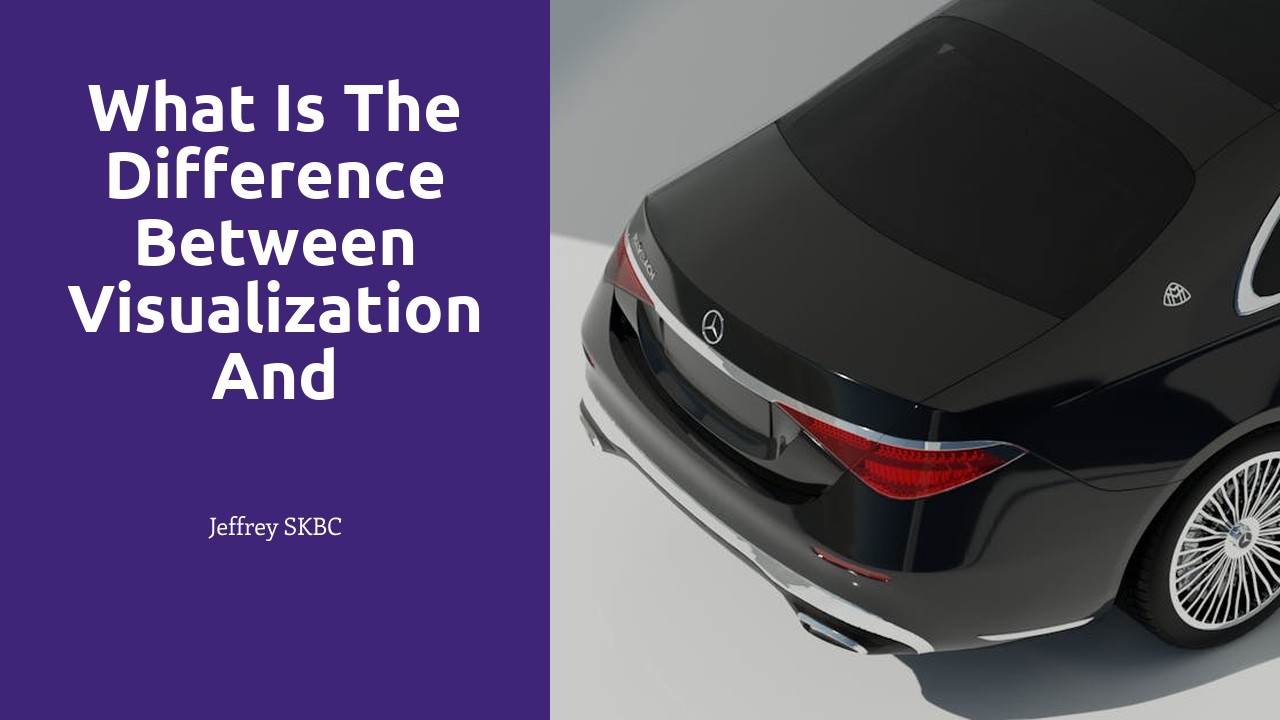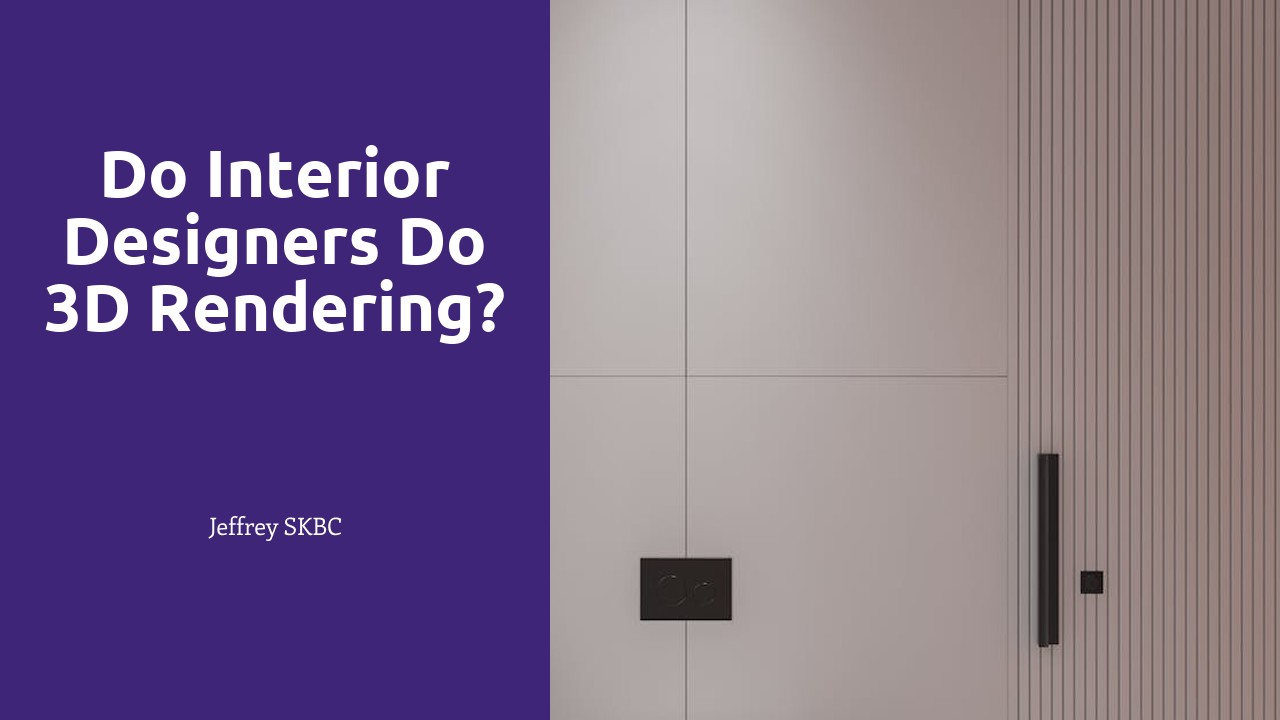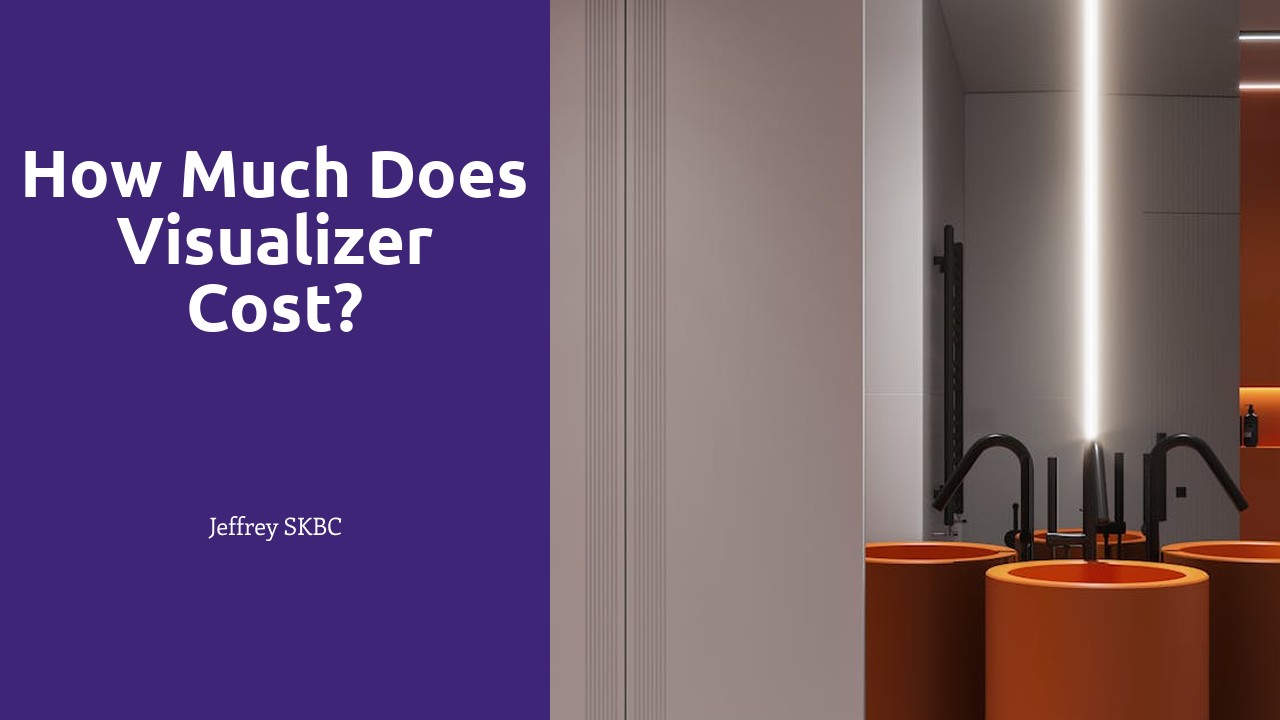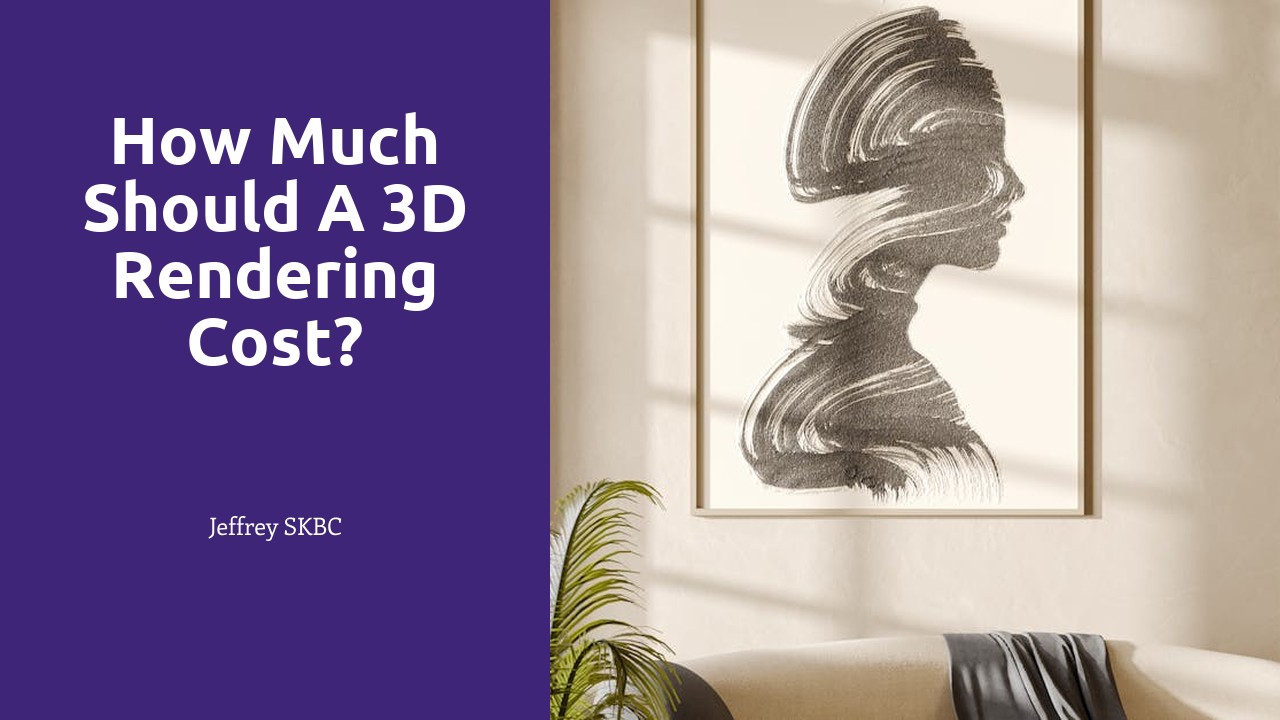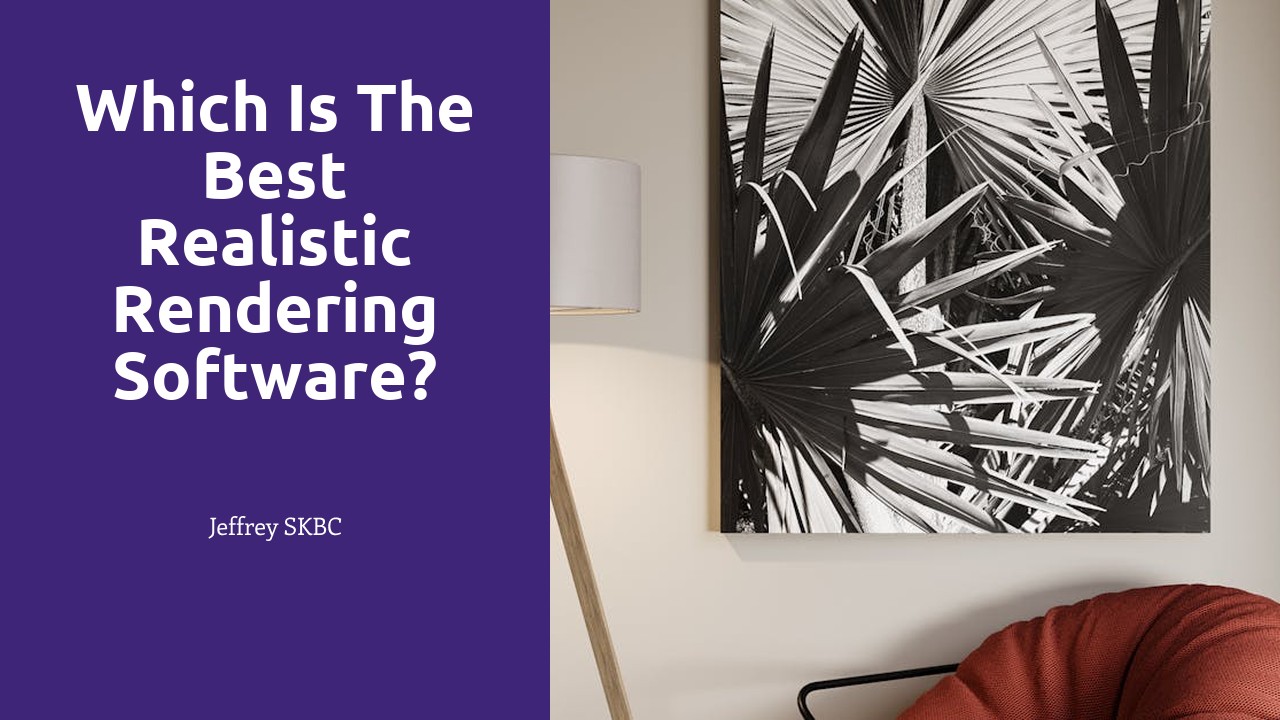
Table Of Contents
UserFriendly Interfaces in Rendering Software
User-friendly interfaces play a crucial role in determining the success of realistic rendering software. These interfaces need to be intuitive and accessible, facilitating a seamless user experience. When exploring rendering software options for projects ranging from architecture to product design, ease of use becomes a pivotal criterion for industry professionals. In the realm of Rendering and Visualization in Greater Sudbury, software with a user-friendly interface can streamline the creative process, enabling designers to bring their visions to life efficiently.
A well-designed interface not only enhances the user experience but also contributes to increased productivity. By minimizing the learning curve and offering clear navigation, rendering software with user-friendly interfaces empowers users to focus on the creative aspects of their projects. In the context of Rendering and Visualization in Greater Sudbury, intuitive software interfaces can accelerate the design process, allowing professionals to meet project deadlines while maintaining high-quality output.
Analyzing Ease of Use
When it comes to selecting the best realistic rendering software, one crucial aspect that cannot be overlooked is the ease of use. Rendering and visualization applications hold significant importance in various fields, including architecture, interior design, and product development. Consequently, understanding the user experience provided by these software programs is essential in determining their effectiveness in real-world applications. In the vibrant city of Greater Sudbury, where architectural design and visual communication play vital roles in shaping the urban landscape, the usability of rendering software holds particular significance for professionals in the creative industry.
Examining the ease of use involves delving into the navigation, accessibility of tools, and overall intuitiveness of the software interface. In a city like Greater Sudbury that thrives on innovative designs and cutting-edge technology, rendering software that offers a seamless user experience can significantly impact the efficiency and quality of projects undertaken by architects, designers, and creators. Hence, evaluating how effectively users can navigate through the features, apply rendering effects, and visualize their design concepts using the software becomes imperative for professionals in the field of rendering and visualization in Greater Sudbury.
Realworld Applications of Rendering Software
Rendering and visualization software has found a variety of real-world applications across different industries. In architecture, these tools are crucial for creating photorealistic renderings of buildings, allowing architects and clients to visualize the final product before construction even begins. Moreover, in the automotive industry, rendering software is utilized to design and showcase vehicle models with intricate details and lifelike textures. The ability to manipulate lighting, materials, and textures within the software enables designers to bring their creations to life with stunning accuracy. Beyond that, rendering software is also extensively used in interior design, film production, and product prototyping, demonstrating its versatility and significance in various fields. Rendering and visualization play a vital role in these industries, where precision and realism are paramount to the success of projects.
Rendering and visualization in Greater Sudbury have further reinforced the importance and impact of realistic rendering software. By providing professionals in the region with the tools to bring their visions to life, rendering software has enhanced project presentations and client communication. In the fields of architecture and interior design, the ability to produce detailed and immersive visualizations has transformed the way projects are conceptualized and executed. Furthermore, in the context of urban planning and infrastructure development, realistic rendering software has proven invaluable for simulating proposed changes and garnering community support. The use of rendering software in diverse sectors within Greater Sudbury exemplifies its ability to streamline processes, enhance creativity, and ultimately elevate the quality of projects in the region.
Showcasing Diverse Project Types
Realistic rendering software plays a crucial role in a wide range of projects, showcasing its versatility in various industries. Architects in Toronto benefit from rendering software by creating detailed 3D models of residential and commercial properties to present to clients with precision. Similarly, in the field of interior design and decoration, realistic rendering software aids professionals in Ottawa to visualize and modify spaces before implementation, ensuring client satisfaction. Even in niche industries like mining and resource management, rendering and visualization in Greater Sudbury support engineers to map out mining sites and simulate extraction processes effectively.
Moreover, the entertainment industry in Vancouver relies heavily on rendering software for creating stunning visual effects in movies and video games, captivating audiences worldwide. From animating fantastical creatures to designing elaborate landscapes, the diverse applications of rendering software in the entertainment sector are boundless. Furthermore, rendering and visualization in Greater Sudbury also find their place in the field of product design, with companies in Montreal using advanced rendering software to create photorealistic prototypes for testing and marketing purposes.
Customization Options in Realistic Rendering
Customization is a key aspect when evaluating realistic rendering software. The ability to tailor tools to specific needs can greatly impact the final outcome of a project. In the context of Rendering and Visualization in Greater Sudbury, software that allows for deep customization can provide a competitive edge in producing high-quality and visually striking images and videos.
One of the significant advantages of customization options in realistic rendering software is the flexibility it offers to adapt to the unique requirements of different projects. From architectural designs to industrial simulations in Greater Sudbury, having the ability to fine-tune settings and tools can result in more accurate representations and better reflections of real-world scenarios.
Tailoring Tools to Specific Needs
Customization options play a crucial role in rendering software when it comes to catering to specific project requirements. In the realm of Rendering and Visualization in Greater Sudbury, having tools that can be tailored to the unique needs of architectural, interior design, or landscaping projects can significantly enhance the quality of the final renderings. Whether it is adjusting lighting effects to mimic natural sunlight streaming through a window in a residential design project or fine-tuning textures to replicate the geological features of the Sudbury Basin in an outdoor landscape project, the ability to customize tools is invaluable for professionals seeking realism in their visualizations.
Rendering software that offers a wide range of customization options allows users in Greater Sudbury to exercise a greater degree of creative control over their projects. From manipulating material properties to precisely setting up camera angles, the flexibility to tailor tools to specific needs empowers designers to bring their visions to life with accuracy and artistry. Furthermore, by providing customizable features that resonate with the unique demands of projects in Greater Sudbury, rendering software can facilitate the creation of visually stunning and contextually relevant renderings across diverse fields like architecture, urban planning, and industrial design.
FAQS
How do I choose the best realistic rendering software for my project?
When selecting the best realistic rendering software, consider factors such as user-friendly interfaces, real-world applications, and customization options to meet your specific needs.
Are there any user-friendly rendering software options available?
Yes, there are several rendering software options with user-friendly interfaces that make the rendering process easier for users of all skill levels.
Can realistic rendering software be used for different types of projects?
Absolutely, realistic rendering software can be applied to a wide range of project types, from architectural visualization to product design, allowing users to create lifelike 3D renderings.
How can I customize rendering software to suit my specific requirements?
Many rendering software programs offer customization options that allow users to tailor the tools to their unique project needs, enhancing efficiency and creative output.
What are some real-world applications where realistic rendering software is commonly used?
Realistic rendering software is utilized in various industries such as architecture, interior design, automotive design, and gaming to create visually stunning and immersive visualizations.
